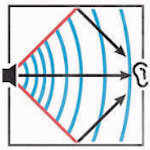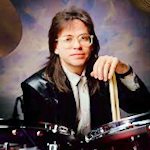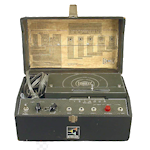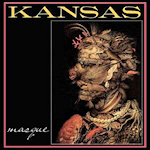Jeff Porcaro was a highly respected and influential drummer best known for his work with the band Toto. Born on April 1, 1954, in South Windsor, Connecticut, Porcaro grew up in a musical family. His father, Joe Porcaro, was a session percussionist, and his brothers Mike and Steve also became accomplished musicians.
Porcaro's career took off in the 1970s and 1980s, during which he became one of the most in-demand studio drummers in Los Angeles. His precise yet versatile drumming style made him a sought-after collaborator for a wide range of artists and genres, from rock and pop to jazz and R&B. He played on numerous hit records, contributing his distinctive groove to songs by artists such as Steely Dan, Boz Scaggs, Michael Jackson, and Paul McCartney, among many others.
In 1977, Porcaro co-founded the band Toto with his brother Steve Porcaro, along with David Paich, Steve Lukather, Bobby Kimball and David Hungate. Toto quickly rose to fame with their self-titled debut album in 1978, which featured the hit singles "Hold the Line", "I'll Supply The Love" and "Georgy Porgy." Porcaro's drumming was a crucial element of Toto's sound, characterized by its precision, power, and groove.
...continue reading "Jeff Porcaro"










